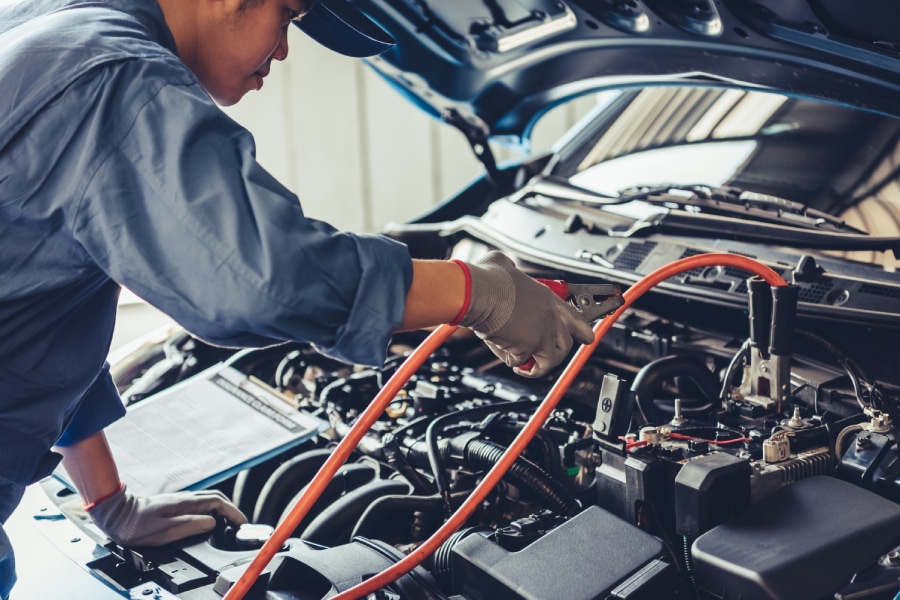Driving during rainy conditions can prove to be unsafe and difficult. As such, experts suggest that you get into the habit of checking the weather before you drive. For instance, if you’re going to drive under rainy conditions, you should give yourself enough time to ensure that you can take the trip safely, as opposed to feeling like you have to rush and drive faster under bad conditions. The reality of the fact is that we would all love to drive when the weather is perfect. But, by practicing these defensive driving trips you’ll gain much more confidence when it comes to driving in the rain.
Watch Large Vehicles
Be careful when it comes to driving within close proximity of a large truck or trailer. Statistics indicate that larger sized vehicles are more prone to skirting off under rainy conditions. As such, many truck drivers will tell you that they struggle to stay in their lanes under these conditions. Therefore, ensure that you give yourself an adequate amount of space so that you can react to rapidly changing situations.
Hydroplaning
Hydroplaning can be best described as being a situation of which your tires are unable to grip the road. This can lead to loosing control of the vehicle. It usually happens if you press the brakes suddenly as the vehicle is rapidly moving. Hydroplaning is alarmingly common under wet conditions, especially on the highway where o have to maintain a high speed. In order for you to prevent this from happening, it’s highly recommended that you watch your speed and drive within a limit that you feel very comfortable with. You can also minimize your risk by ensuring that your tires are fully inflated before commuting.
Responding To Skids
Even the most talented drivers experience skids at some point during their driving history. If you feel like you’re in a predicament where the vehicle starts to skid, the most important thing you can do is to stay calm and remember these tips:
Avoid pushing the breaks too hard, as this will make the vehicle even more difficult to control.
Keep your eyes and steering wheel focused on the direction you wish to go to avoid or minimize collision.
Gusty Winds
Wet conditions topped off with gusty winds combine to make the perfect recipe for high collision rates on the highway. Rain and wind usually comes hand-in-handy and actually has the force to push your vehicle as well as other vehicles around on the highway when you turn, causing you to skid off. Ensure that you maintain a firm grip on the steering wheel. Additionally, ensure hat you give enough distance for vehicles that seem more prone to wind such as motorcycles.
Lights Not Bights
Even though modern cars come equipped with automatic functioning lights by default,
you should turn on your actual headlight as you use the wipers. This will cause your taillights to come on too. The concept behind having headlights is so that other drivers can spot you. Therefore, by turning both your back and headlights on, you essentially highlight all four corners of your vehicle so that other drivers are wary of the distance they maintain between them and you.



